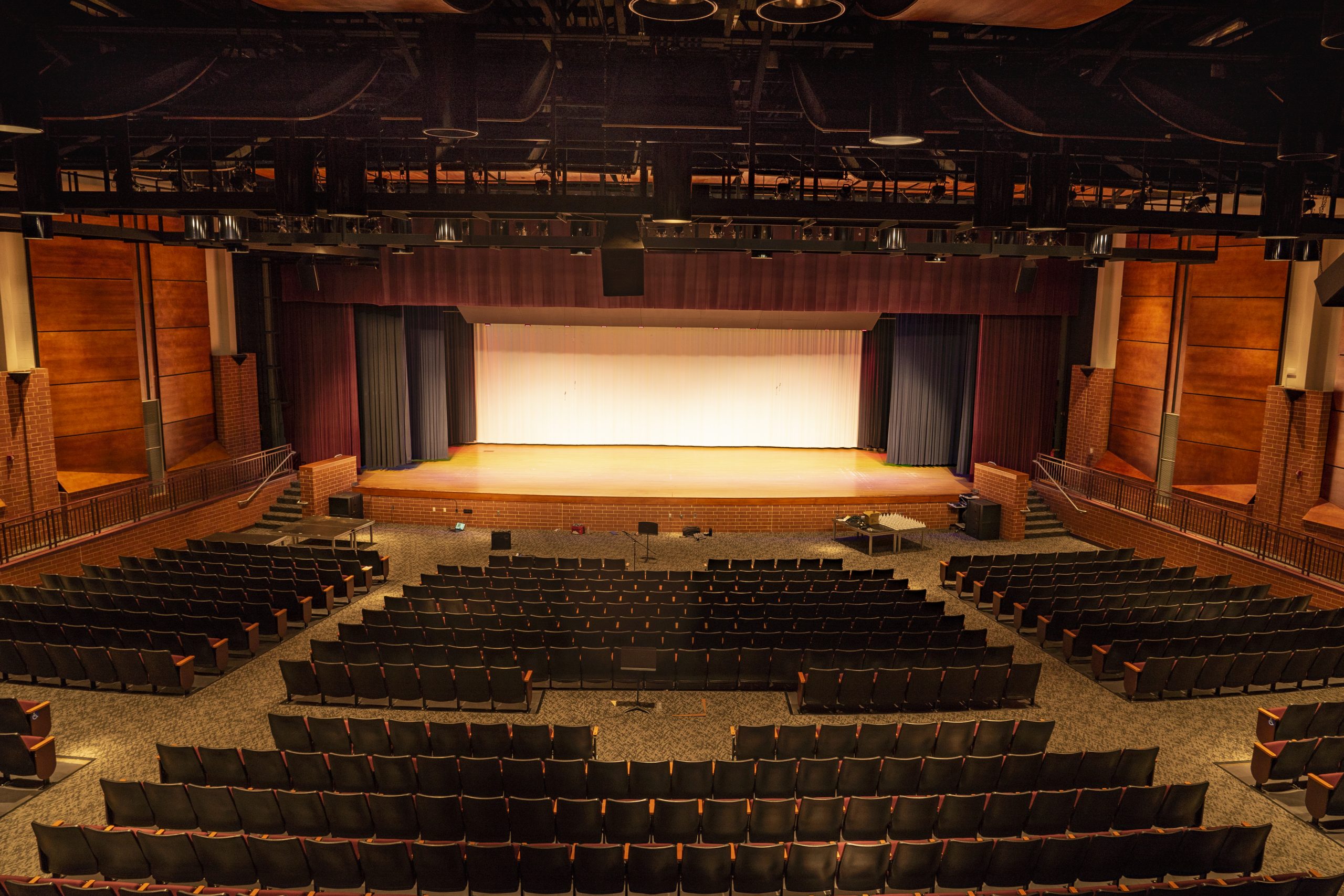
It’s common knowledge that paint can do much more than simply cover a wall with a particular color. With added texture and applied designs, the creative use of paint can open up and provide distinctive character accents to almost any space. And what’s so exciting is that in much the same manner, you can do more with stage lighting. With the right lighting fixtures, patterns, and filters, you can project lighting texture and pattern onto the walls and flooring of theatrical stages, churches, studios, entertainment venues, nightclubs, exhibit spaces and more.
From adding drama and depth to a stage by means of lighting texture, to projecting a religious image in a house of worship space, the correct use of theatrical lighting can result in tremendous added emotion and focus for attendees witnessing almost any type of live performance.
While every lighting designer will have his or her own favorite way of creating textures and projecting images in lighting, the fundamental method employs an ellipsoidal reflector spotlight — or “ERS” — and the use of metal or glass patterns known as “gobos.” While the exact meaning of “gobo” is open to debate, it’s safe to say that one popular meaning for the term is, “goes before optics.”
Now, let’s take a closer look at each in order to understand how their combined use results in so many exciting possibilities:
If you’ve ever marveled at sunlight passing through a stained-glass window and the resulting color display that danced across the interior walls of the space, then you’ve already been moved by the use of lighting to create patterns, textures and images. Of course, as we’ve already seen, there’s a host of options for today’s lighting designers. That’s why working with a full-service audio, visual and lighting (AVL) company like Illuminated Integration is such a smart choice.
Lighting is our passion, so we make it our business to keep up on all the latest equipment developments and innovative techniques used to illuminate performance spaces. And best of all, we put our years of design-build AVL experience to work for you. We’re not in the business of offering recycled AVL designs. Instead, each of our clients receives a collaborative approach that results in a permanently installed lighting system that fully meets both their performance expectations and their budget.
Ready to see the Illuminated Integration difference? Fill out our contact form today!